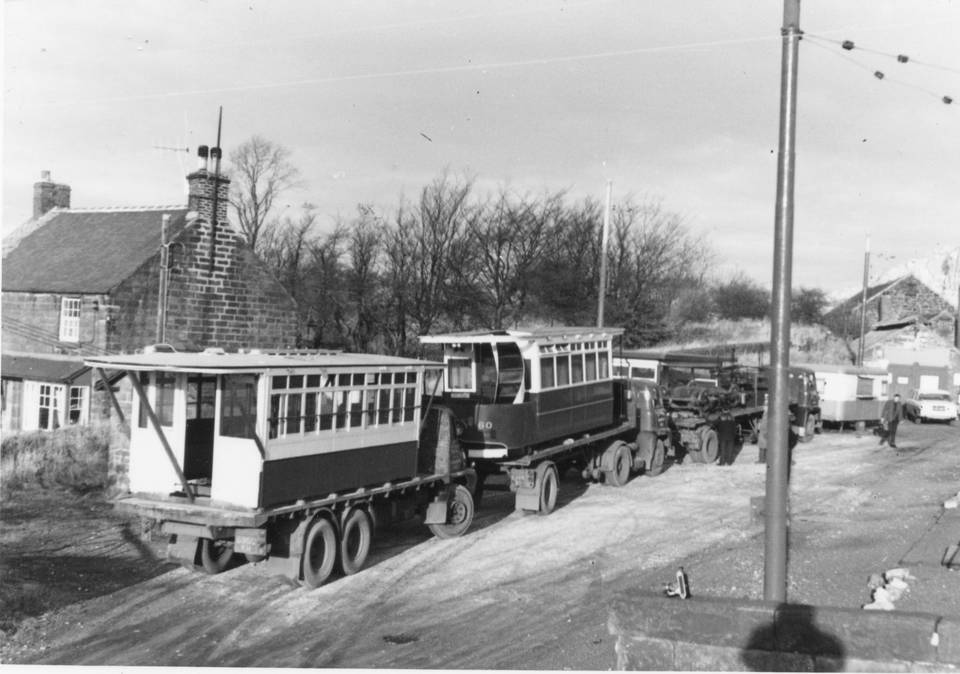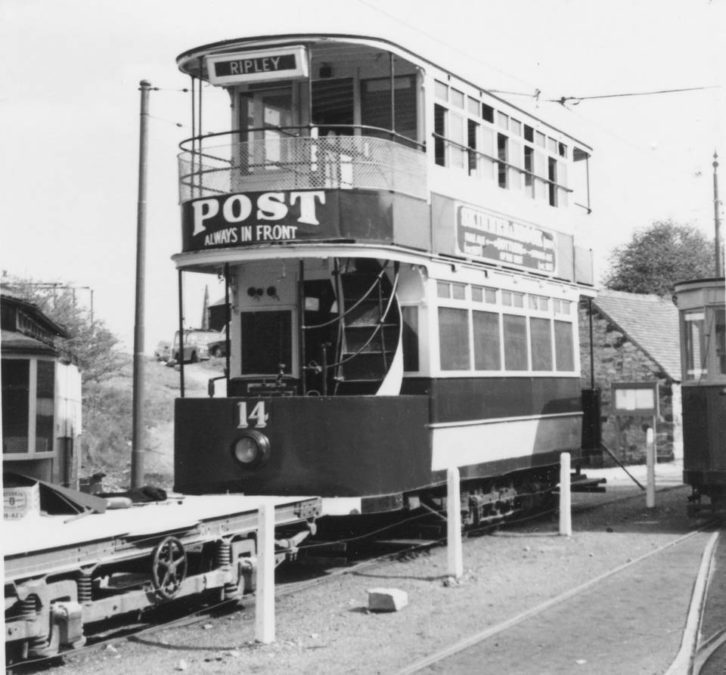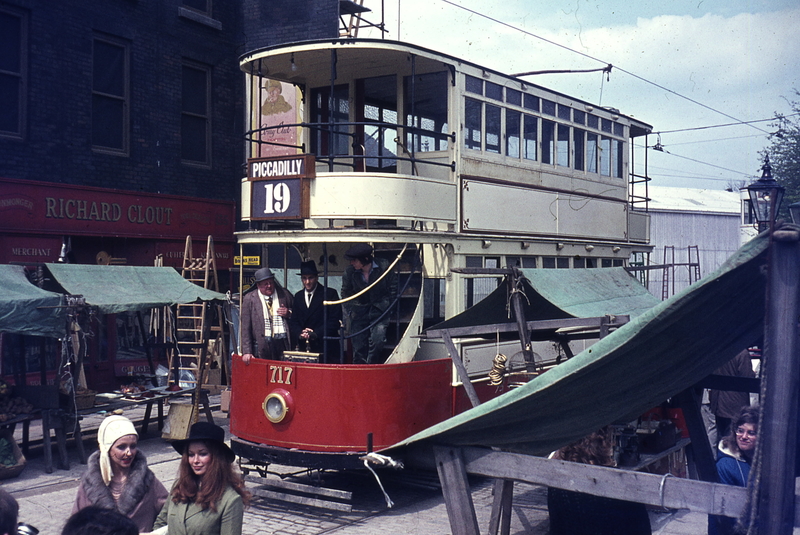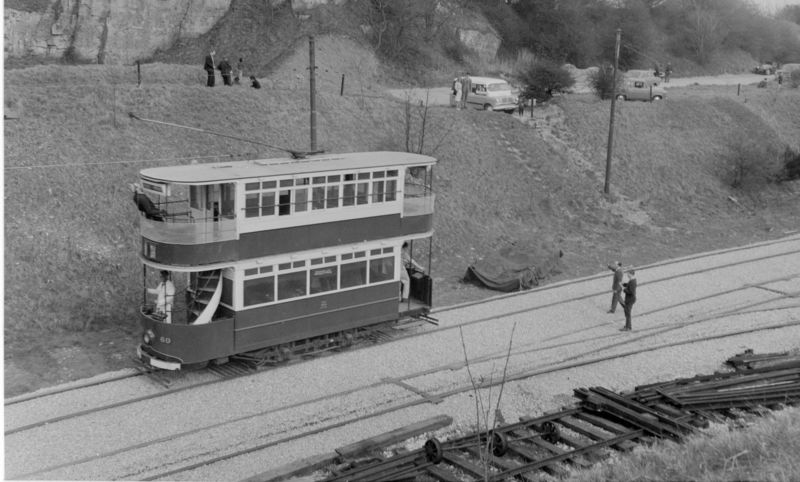Johannesburg Municipal Tramways No. 60
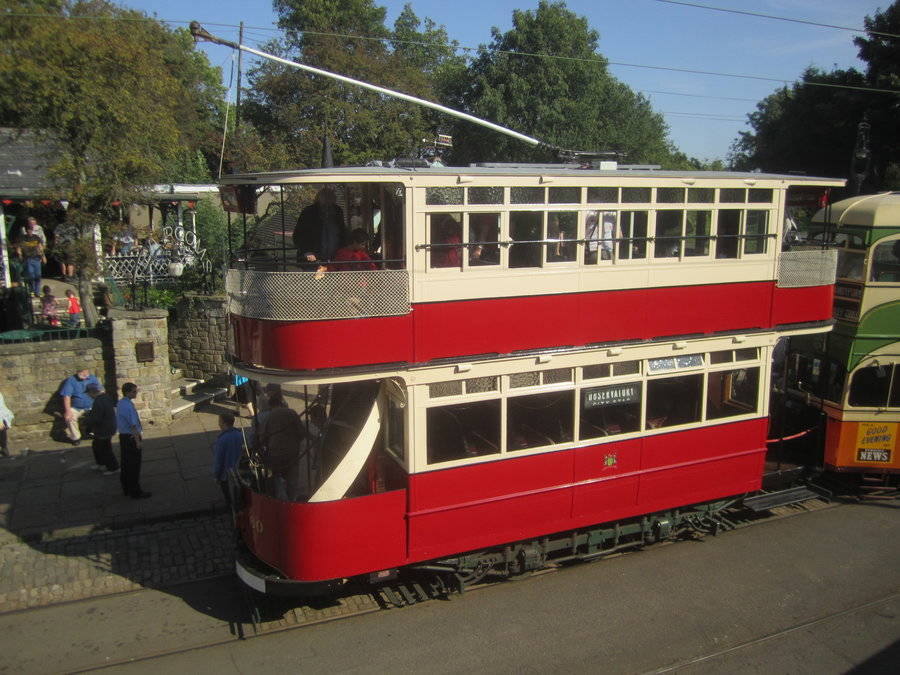
Photo: Jim Dignan
Johannesburg Municipal Tramways was British-built and managed and its British-supplied tramcars were virtually identical to those operating in countless British towns and cities apart from the fact that notices appeared in Afrikaans as well as English. Number 60 was one of a batch of sixty cars supplied by the Preston-based United Electric Car Company for assembly in Johannesburg. Shipping costs increased the overall cost of these balcony trams from £594 to £943.
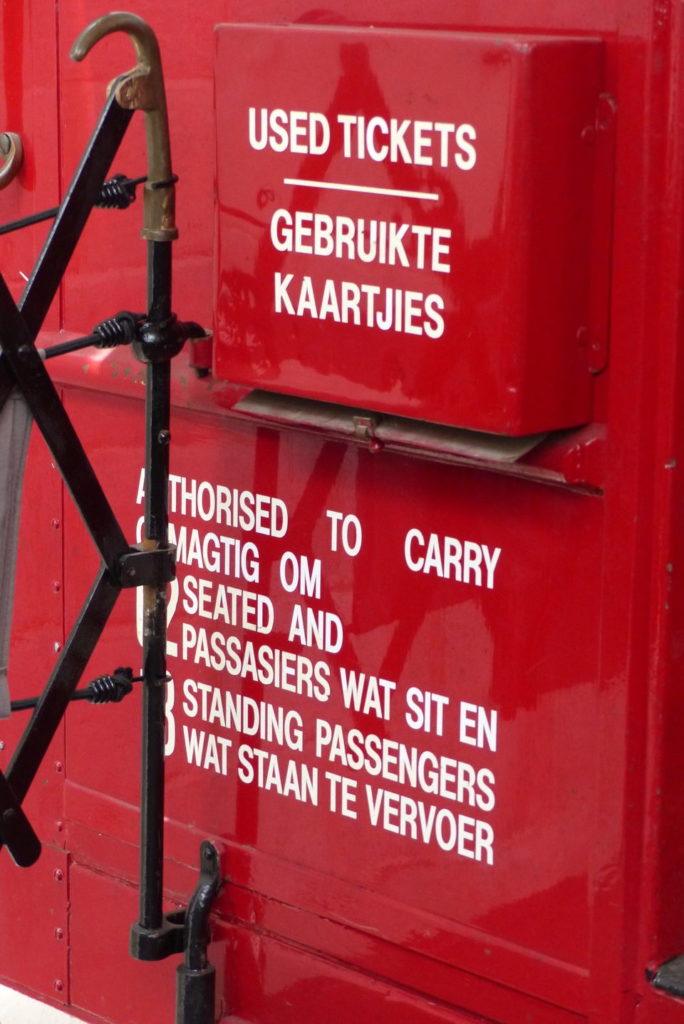
Bilingual signs – in English and Afrikaans – are an unusual feature on such an English looking tramcar. Photo: Jim Dignan, 22/6/2018
Originally the lower saloon had three windows and the upper saloon had six unglazed windows protected by horizontal metal bars after early experience with open-topped cars demonstrated their unsuitability for Johannesburg’s unpredictable weather. Additional protection from the elements was provided by means of striped roller blinds. As four-wheel tramcars with a short wheelbase they quickly became known as ‘Springbok Cars’ (named after a native species of antelope famed for its vertical ‘pronking’ leaps) because of the bouncy ride.
Although it may have looked like a standard British tramcar, however, the social context in which number 60 operated could not have been more different since it was dominated by a system of racial segregation whereby white and non-white sections of the community were segregated and accorded very different treatment, with markedly different rights and entitlements. The system came to be known as apartheid when it became enshrined in law in 1948, but the practice of racial segregation dated back to the earliest days of both Dutch and English colonisation. and covered the sphere of public transport.
Specification
- Type of tram
- Electric 4-wheel open balcony top-covered passenger tram
- Livery
- Cherry red and cream (original livery is thought to have been dark chocolate outlined with gold); repainting in the current livery probably took place around 1936. Some of Johannesburg’s trams were painted in a blue and grey livery
- Seating capacity
- 58 (34 on top deck; 24 downstairs with official standing capacity for 18)
- Date built
- 1905
- Date entered service
- Summer 1906
- Manufacturer of body
- United Electric Car Co./Johannesburg Municipal Tramways.
- Manufacturer of truck
- Brill 21E
- Gauge
- 4’ 8½”
- Motor
- 2x Westinghouse 249 2x60hp
- Controller
- DK DB1 K3 (not original, but bought from English Electric who are believed to have re-purchased them from Bolton Corporation and reconditioned them before supplying them to JMT). The originals were DK DB2.
- Current collector
- Trolley
- Modification
Rebuilt in 1931 with five windows instead of the original three, sliding windows upstairs and heavier top decks than previously. The car was painted in the then-current livery of blue and grey with a garter placed on the waist panels.
1936 repainted in cherry red and cream with black trim edged in yellow. Route letter/number boxes were fitted on to the balcony panels- Withdrawn from service
Probably 31st January 1960 upon closure of the north eastern routes, by which time number 60 was the only remaining open balcony car of its batch (number 41-80).
- Subsequent history
Accepted for preservation by the Tramways Museum Society in 1964 and shipped to Hull in December, arriving at Crich on 18 December 1964.
- Restoration history
1977 – a fairly substantial restoration took place under the auspices of the government’s job Creation Scheme
- Current status
- Restored to operational condition but not currently commissioned for service.
- Date started operating at Crich
- 1977. Has operated in 27 seasons, most recently in 2013.
- Total mileage covered at Crich
- 19,677
- Current location
- Depots
- 1906 – 1960Operational on original tramway
- 1960 – 1964In storage
- 1964 – 1966Undergoing restoration
- 1966 – 1976Operational at Crich
- 1976Undergoing restoration
- 1977 –Operational at Crich during most of this period apart from short periods while undergoing repairs

